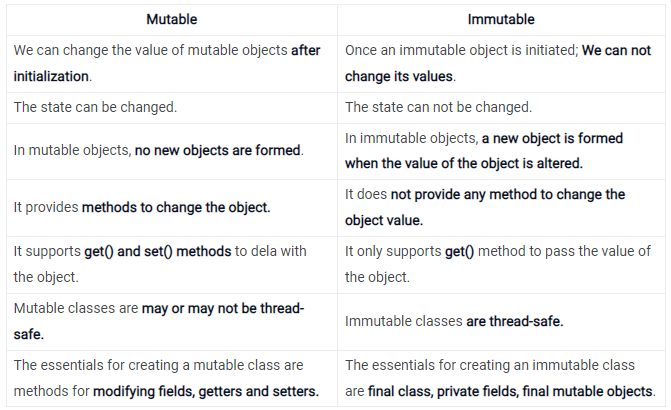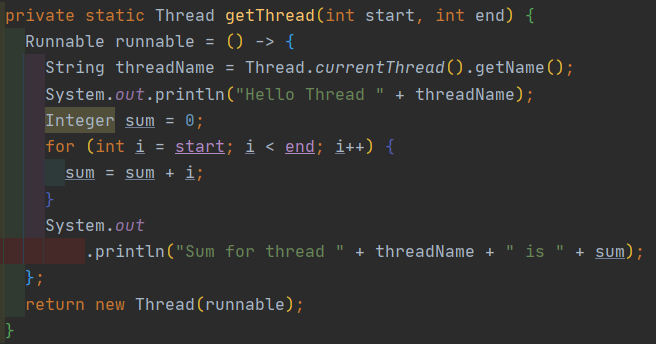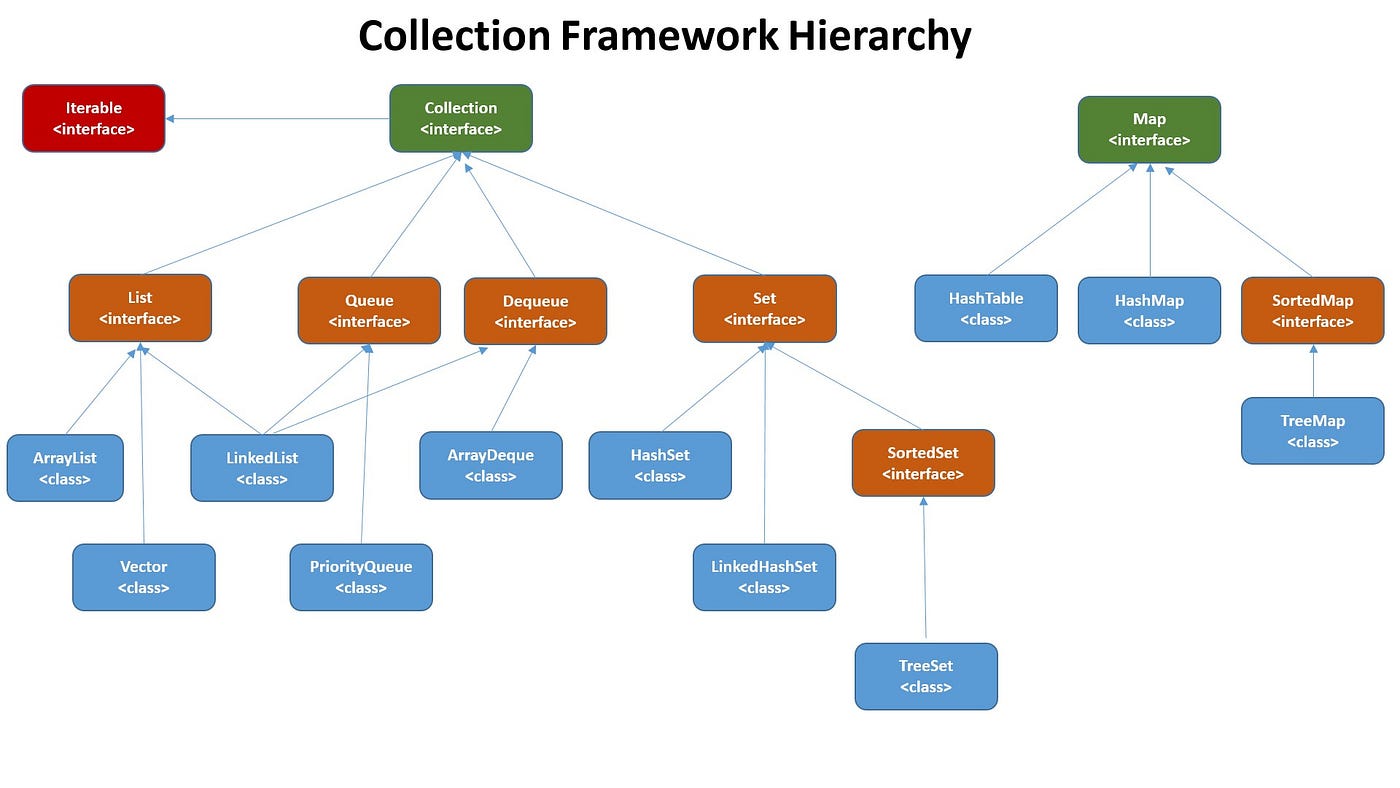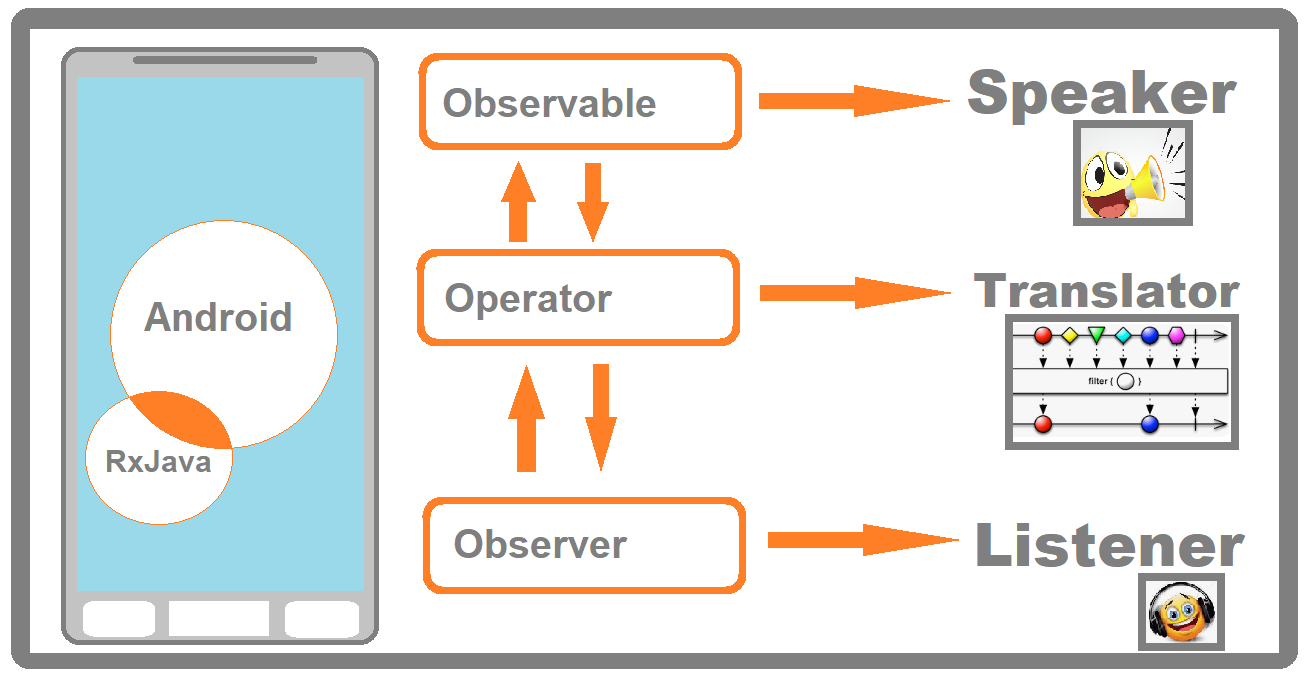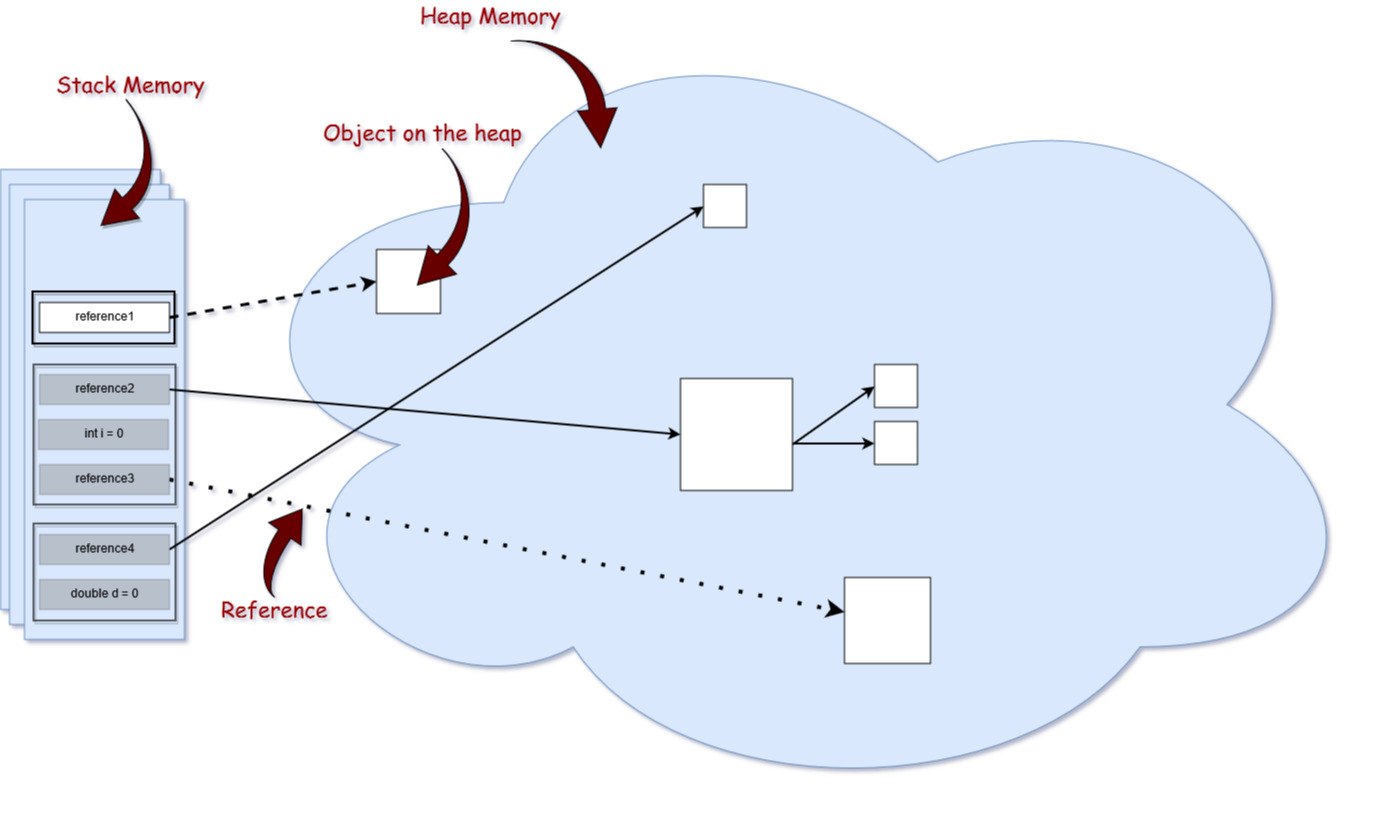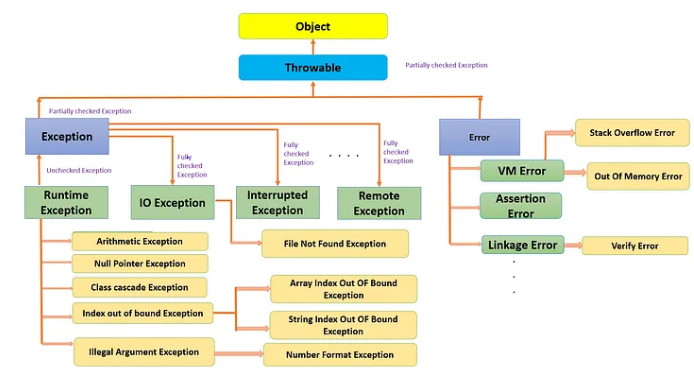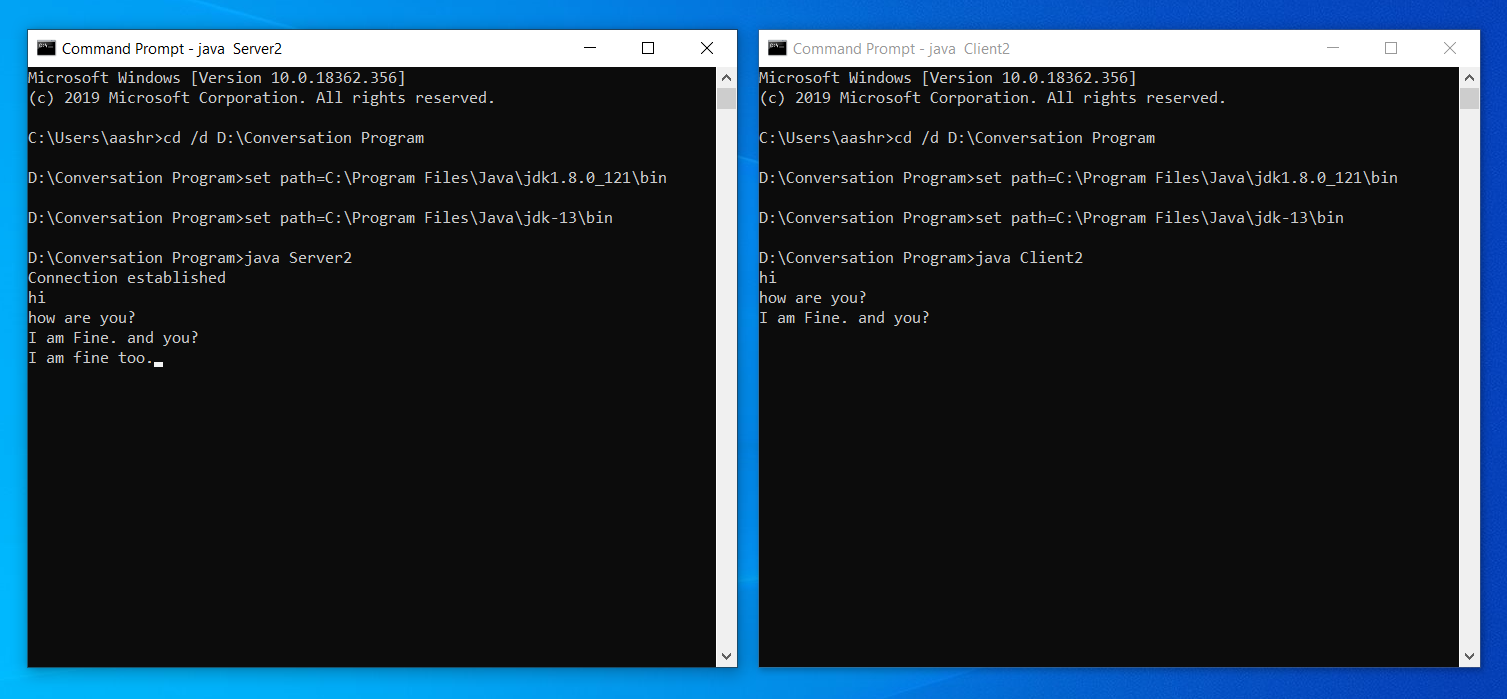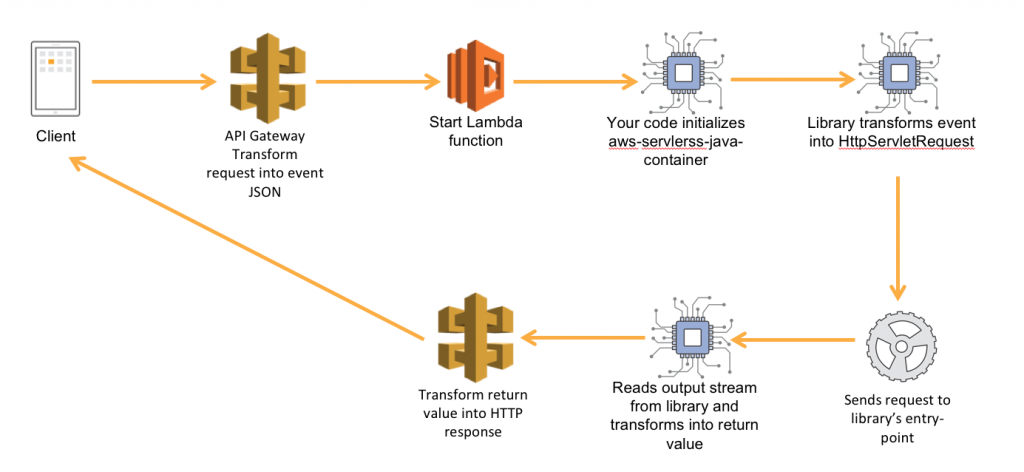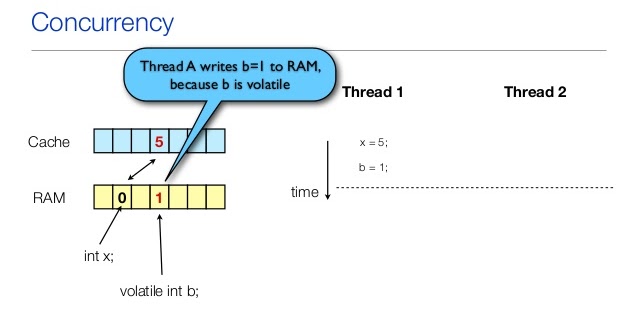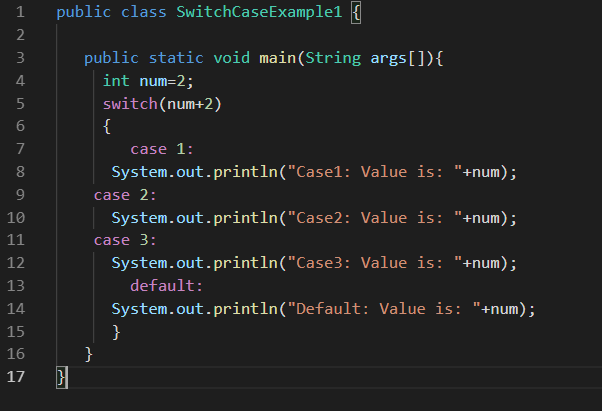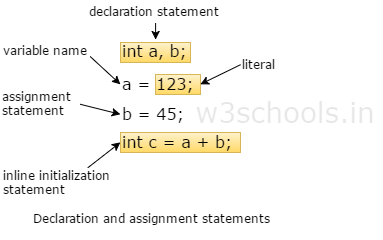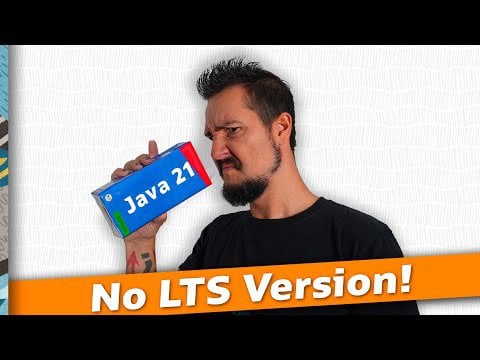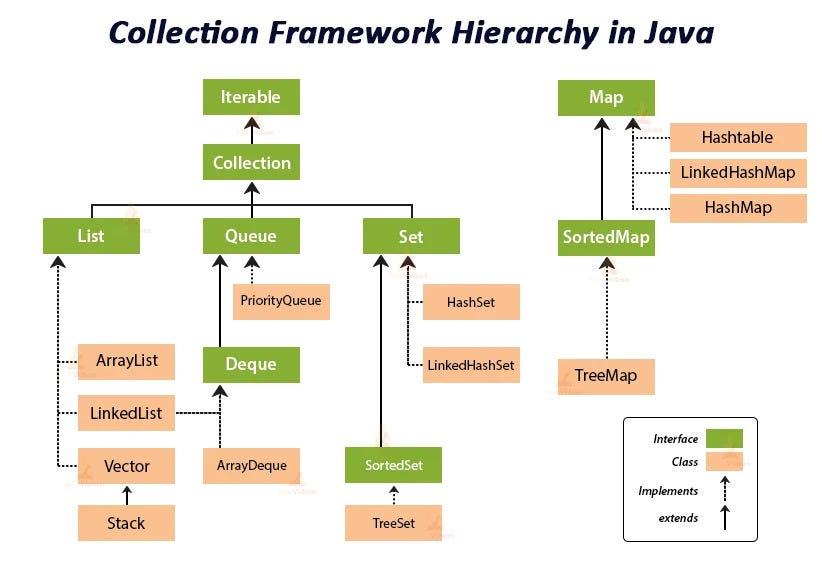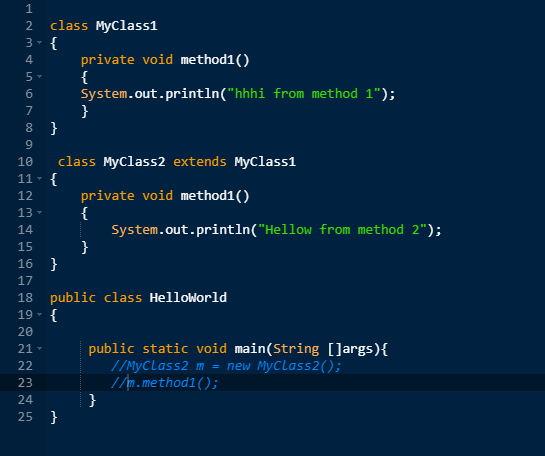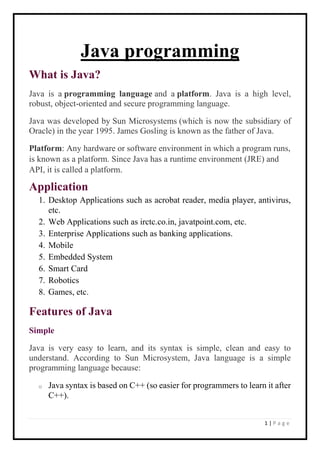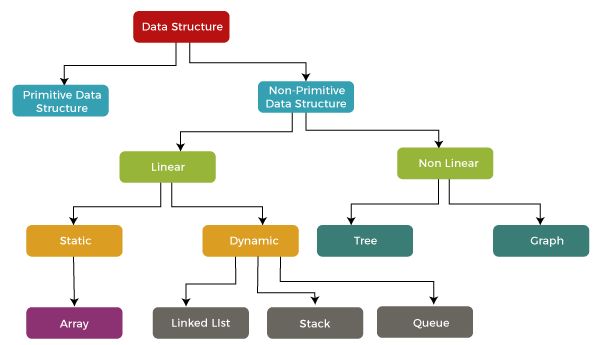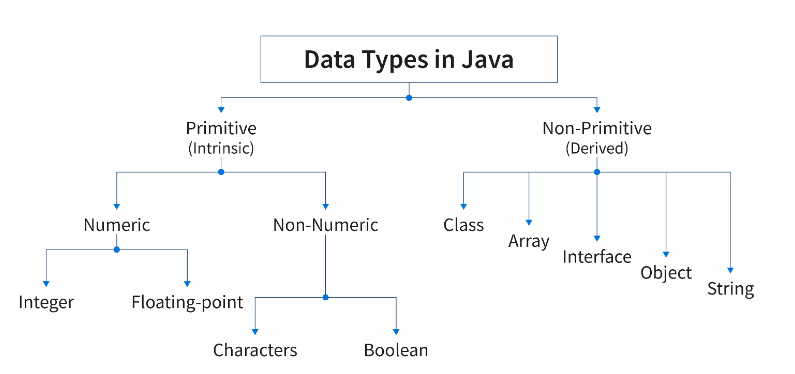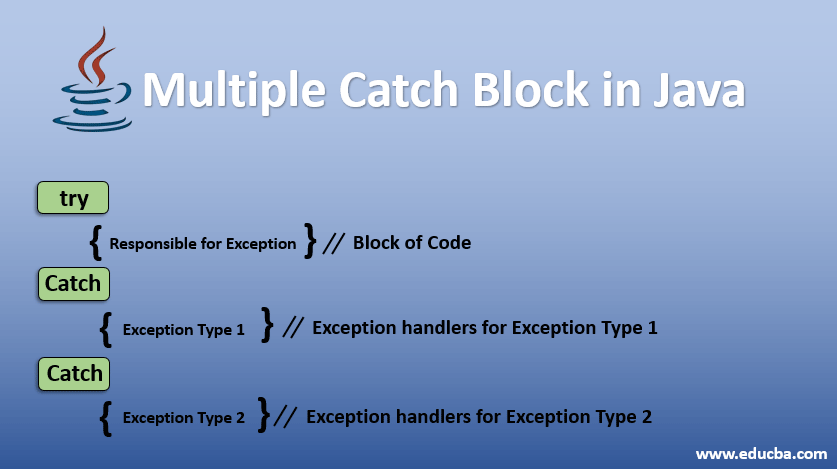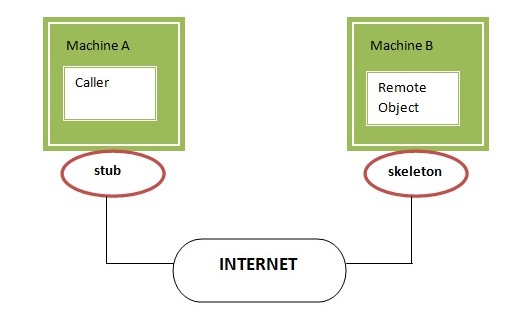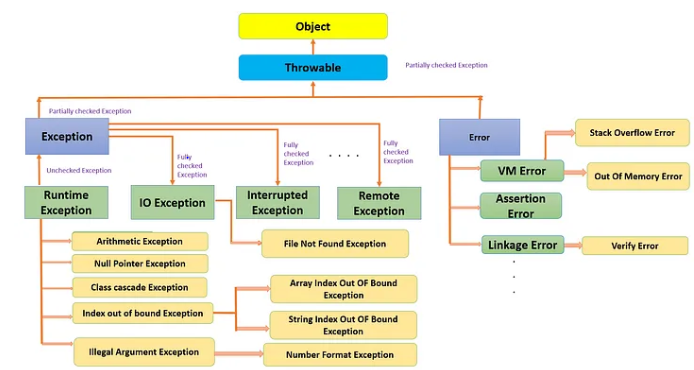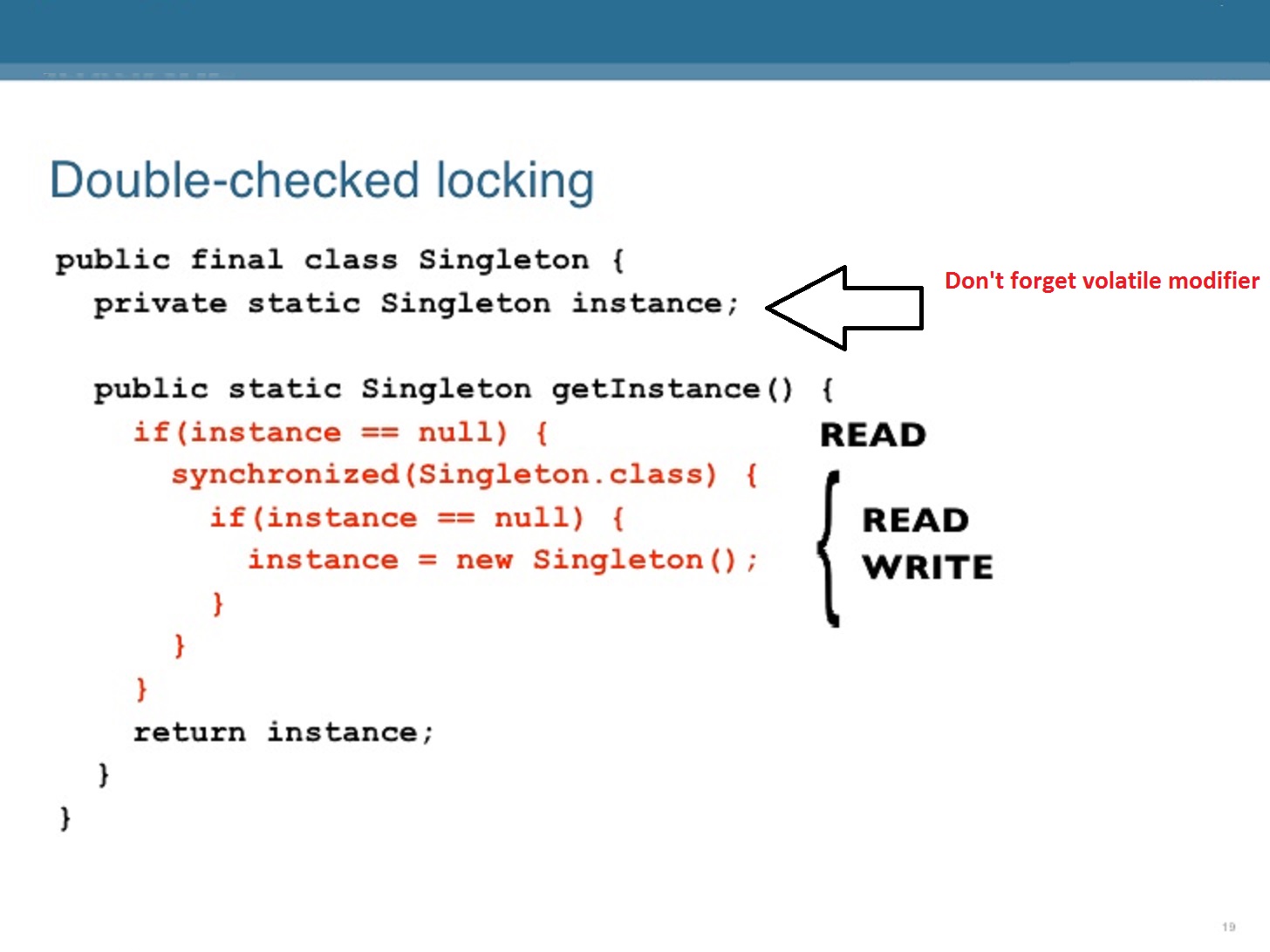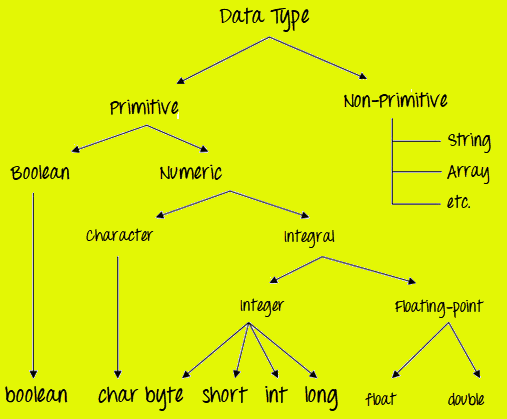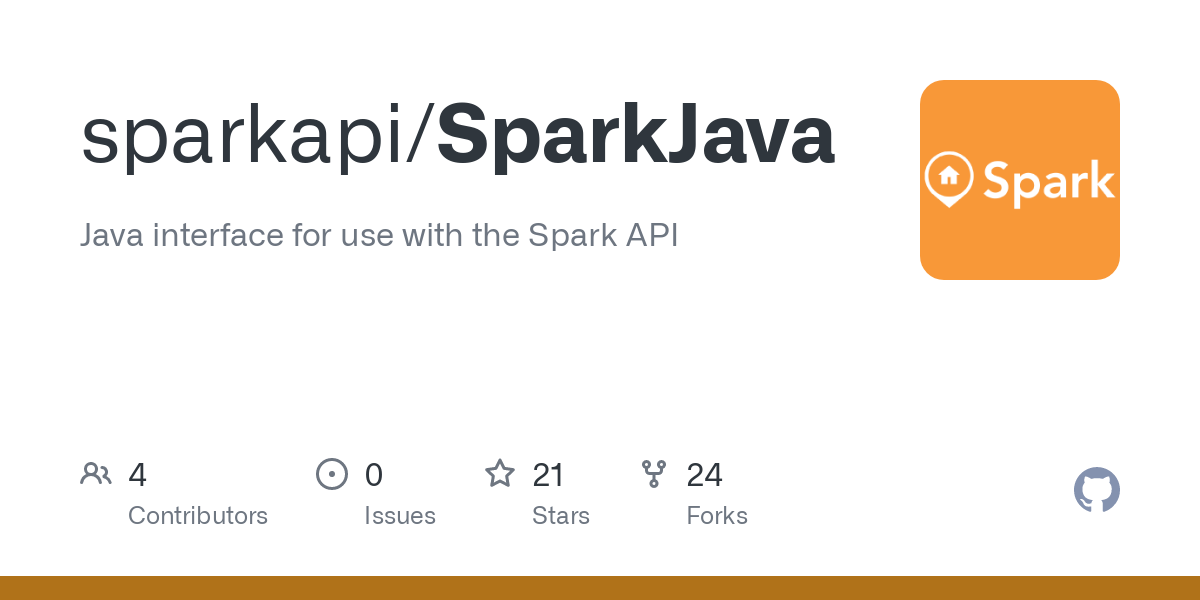Reference type instance variables Java
Reference type instance variables Java
I'm happy to help!
In object-oriented programming (OOP), reference types are a fundamental concept in Java. A reference type is an entity that refers to the memory address of an object, not the actual object itself. Think of it as a pointer or an arrow pointing to the location where the object resides.
To declare a variable as a reference type in Java, you use the class keyword followed by the name of the class that the variable will hold a reference to. For example:
Dog myDog = new Dog();
In this case, myDog is an instance variable that holds a reference to a Dog object. The equals sign (=) is used to assign the newly created Dog object to the myDog variable.
Here's a breakdown of what's happening behind the scenes:
Memory allocation: When you create a new object using thenew keyword, Java allocates memory space for that object on the heap (a pool of free memory). Object creation: The constructor (or a method that creates an instance) is called to initialize the newly allocated memory with the required data. Reference assignment: You assign a reference to the created object to the myDog variable.
Now, let's explore some key aspects of reference types in Java:
Assignment and updating: You can assign a new value to the reference variable by creating a new object or updating it with a different instance of the same class.Dog myNewDog = new Dog(); // assigns a new reference
myDog = myNewDog; // updates the original reference
null, indicating that they don't hold a valid reference to an object.
Dog myNullDog = null;
Integer and Boolean). This allows you to work with references that hold the equivalent values. Conversely, when assigning a value from a reference type to a primitive variable, Java performs unboxing.
Instance variables can be declared within classes using the following syntax:
public class Dog {
private String name;
}
In this example:
name is an instance variable (a field) of the Dog class. The private access modifier restricts access to this field from outside the class.
When you create a new Dog object and assign it to an instance variable, like so:
Dog myDog = new Dog();
myDog.name = "Fido";
You're updating the name field of the myDog object. The changes are reflected in the memory space allocated for that specific object.
In conclusion, reference types in Java allow you to work with objects by assigning references to them. Understanding how these references work will help you better grasp the nuances of Java programming and effectively manage your data.
That's a wrap! If you have any questions or need further clarification, feel free to ask!
Difference between primitive and reference data types in JavaScript
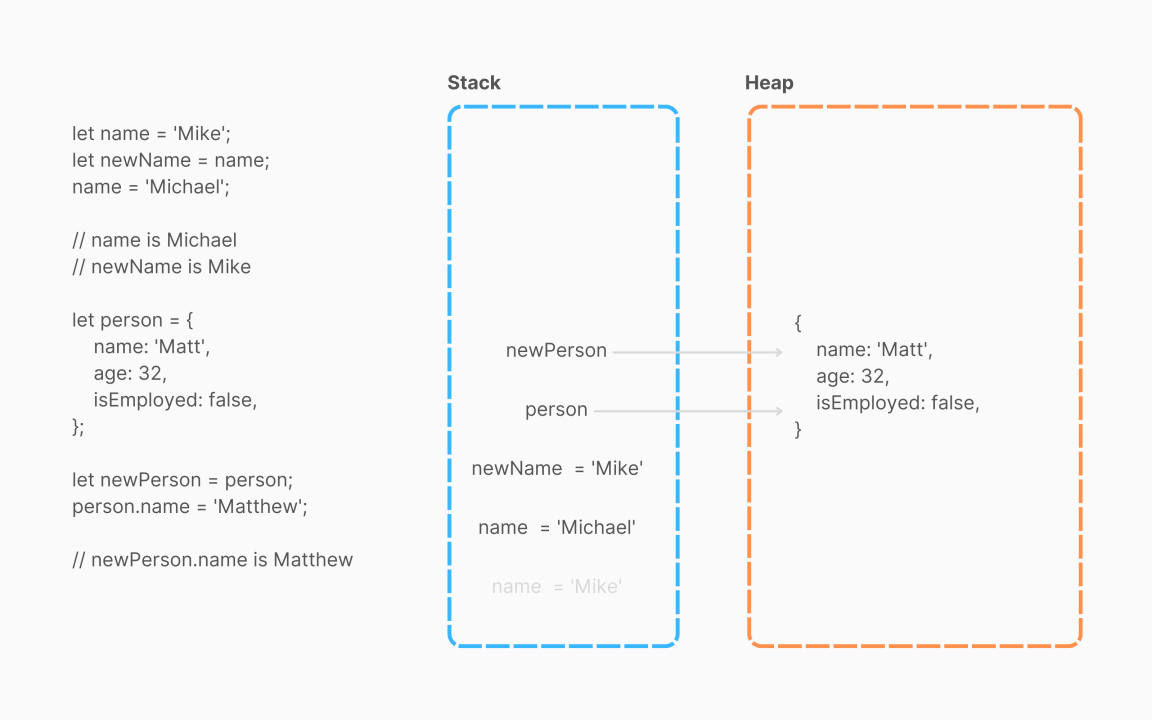
I'll respond in English for this question.
Primitive data types are simple, built-in data types that are stored exactly as they appear. They are not objects, do not have properties or methods, and are not stored in memory as references to other variables. There are eight primitive data types in JavaScript:
Number: The number type represents a 64-bit floating-point value. String: A sequence of characters represented by a string. Boolean: True or false values. Null: Represents the absence of any object value. Undefined: Represents an uninitialized variable.Reference data types, also known as objects, are complex data structures that are stored in memory as a reference to another location. They can have properties and methods attached to them. The following are examples of reference data types:
Object: A collection of key-value pairs. Array: An ordered set of values.The key differences between primitive and reference data types are:
Storage: Primitive data types are stored exactly as they appear, while reference data types are stored as a reference to another location in memory. Mutability: Primitive data types are immutable (cannot be changed), while reference data types are mutable (can be modified). Equality: Primitive data types are equal only if their values are identical, while reference data types are equal only if they refer to the same object.Here's a simple example demonstrating the differences:
let primitive = 10;
let reference = [1, 2, 3];
primitive = 20; // Primitive data type remains unchanged (10)
reference.push(4); // Reference data type is modified
console.log(primitive); // Outputs: 10
console.log(reference); // Outputs: [1, 2, 3, 4]
In this example, the primitive number type remains unchanged (10) when assigned a new value (20). In contrast, the reference array type is modified by adding a new element (4).
Conclusion
In conclusion, understanding the difference between primitive and reference data types in JavaScript is crucial for effective programming. Primitive data types are simple, immutable values stored exactly as they appear, while reference data types are complex, mutable objects stored as references to other locations in memory.
By recognizing these differences, you can write more efficient, robust, and maintainable code that accurately reflects the nuances of JavaScript's dynamic nature.
